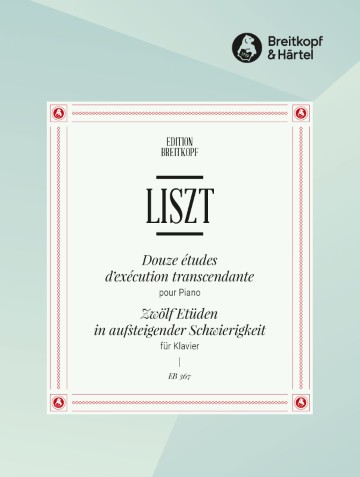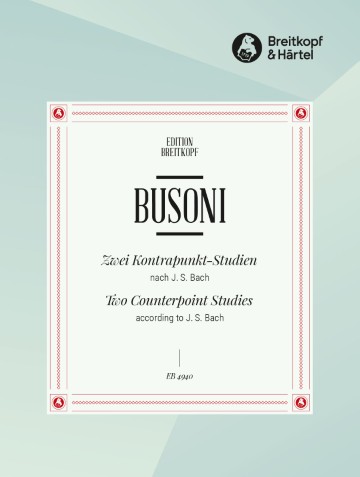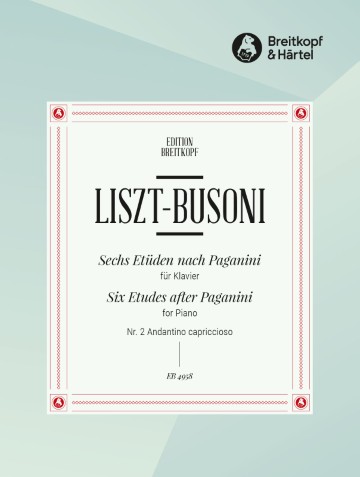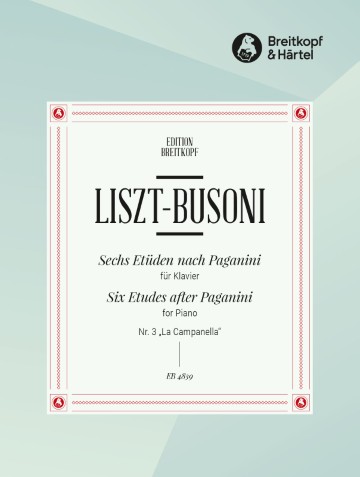8 Children’s Pieces for Piano
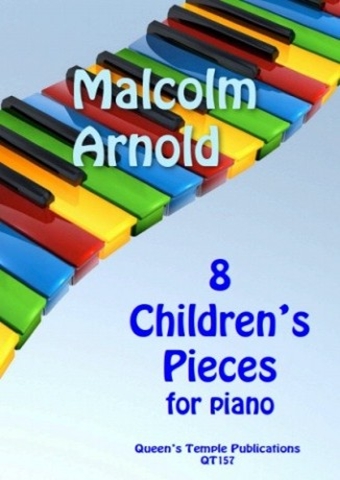
| Product Code: | 979-0-708-08657-4 |
| ISMN: | 979-0-708-08657-4 |
| Publishers Number: | QT157 |
| Language: | English |
| Page count: | 16 |
| Condition: | New |
1. Tired Bagpipes
2. Two Sad Hands
3. Across the Plains
4. Strolling Tune
5. Dancing Tune
6. Giants
7. The Duke goes A-Hunting
8. The Buccaneer
Finally Malcolm Arnold's highly evocative and colourful 8 Children's Pieces are available again!
Ranging in level from about Grade 2-6 they represent a wonderful set of…
Ranging in level from about Grade 2-6 they represent a wonderful set of imaginative and fun pieces to learn, play and perform. Very audience and pianist friendly.
Introduction
Malcolm Arnold’s 8 Children’s Pieces for solo piano, Op. 36, is a charming suite composed in 1952 that masterfully balances simplicity and inventiveness. Designed for young pianists, these eight miniatures capture an array of moods and textures, ranging from playful dances to introspective laments. Though easy in technical demands, the collection offers rich opportunities for expressive nuance, making it a staple in both teaching studios and recital programs.
Composer and Context
Malcolm Arnold (1921–2006) was an English composer whose eclectic output spans orchestral, chamber, and film music. Trained at the Royal College of Music under Gordon Jacob and Thomas Pitfield, Arnold emerged as a distinctive voice in post-war British music, noted for his colourful orchestration and melodic gift. He won the prestigious Arnold Bax Memorial Medal in 1944 and later served as principal conductor of the Royal Liverpool Philharmonic Orchestra. The 8 Children’s Pieces were composed during a prolific period when Arnold was exploring brevity and character through small-scale works.
Publication History
First published in 1952 by Queen’s Temple Publications , the suite resurfaced years later in various editions aimed at educational markets. While early printings sold modestly, reissues in the 21st century have renewed interest among piano teachers seeking repertoire that is both accessible and musically rewarding. The pieces sit roughly at a Grade 2 to Grade 6 level, making them ideal introductions to expressive piano literature beyond basic method books.
Suite Structure and Titles
The cycle consists of eight untitled movements, each evoking a distinct image or character. Arnold’s only programmatic hints appear as informal headings:
- Tired Bagpipes
- Two Sad Hands
III. Across the Plains
- Strolling Tune
- Dancing Tune
- Giants
VII. The Duke Goes a-Hunting
VIII. The Buccaneer
Each piece lasts between one and two minutes, yet within that span Arnold conjures vivid scenes, from melancholy to mischief.
Musical and Pedagogical Features
Melodic Clarity Arnold writes clear, singable tunes that encourage students to shape phrases and practice legato touch.
Rhythmic Variety Syncopations, off-beat accents, and contrasting meters introduce young pianists to flexible rhythm handling.
Harmonic Colour While mostly diatonic, the harmony often features modal inflections and unexpected shifts, expanding a student’s ear.
Dynamic Contrast Frequent changes in dynamics—from whisper-soft whispers to bold fortes—help develop control and expressive depth.
Technical Focus Each movement highlights specific skills: hand-independence in “Across the Plains,” light staccato in “Dancing Tune,” and sustained legato in “Two Sad Hands.”
Analysis of Selected Movements
Tired Bagpipes opens with a lugubrious motif in the left hand, suggesting a plaintive drone. A plaintive melody floats above, transitioning to a brighter middle section before returning to the initial mood.
Across the Plains features wide, arpeggiated textures that evoke vast open spaces. The main theme, marked legato, demands careful voicing to bring out the melody over accompaniment.
Giants is playful yet hefty, with bold chords and sudden sforzandi. Students learn to negotiate large hand spans and dramatic character shifts.
The Buccaneer concludes the suite with a sprightly jig. Its jaunty rhythm and imitative echoes encourage crisp articulation and spirited performance.
Performance History and Reception
Though not as celebrated as Arnold’s orchestral works, the 8 Children’s Pieces have enjoyed steady use in pedagogical circles. Teachers value them for their musical substance and ability to hold a young performer’s interest. Recital pianists occasionally program one or two movements as encore material, drawn to their brevity and characterful storytelling.
Conclusion
Malcolm Arnold’s 8 Children’s Pieces remains a testament to his gift for melodic invention and coloristic flair. By providing a suite that is both approachable and richly evocative, Arnold opened a window into imaginative sound worlds for budding pianists. These pieces continue to inspire players to explore expressive nuance, making them an enduring part of the intermediate piano repertoire.
R.R.P 6.5
Our Price: 5.53
Digital Download – PDF
Shipping costs: No shipping

